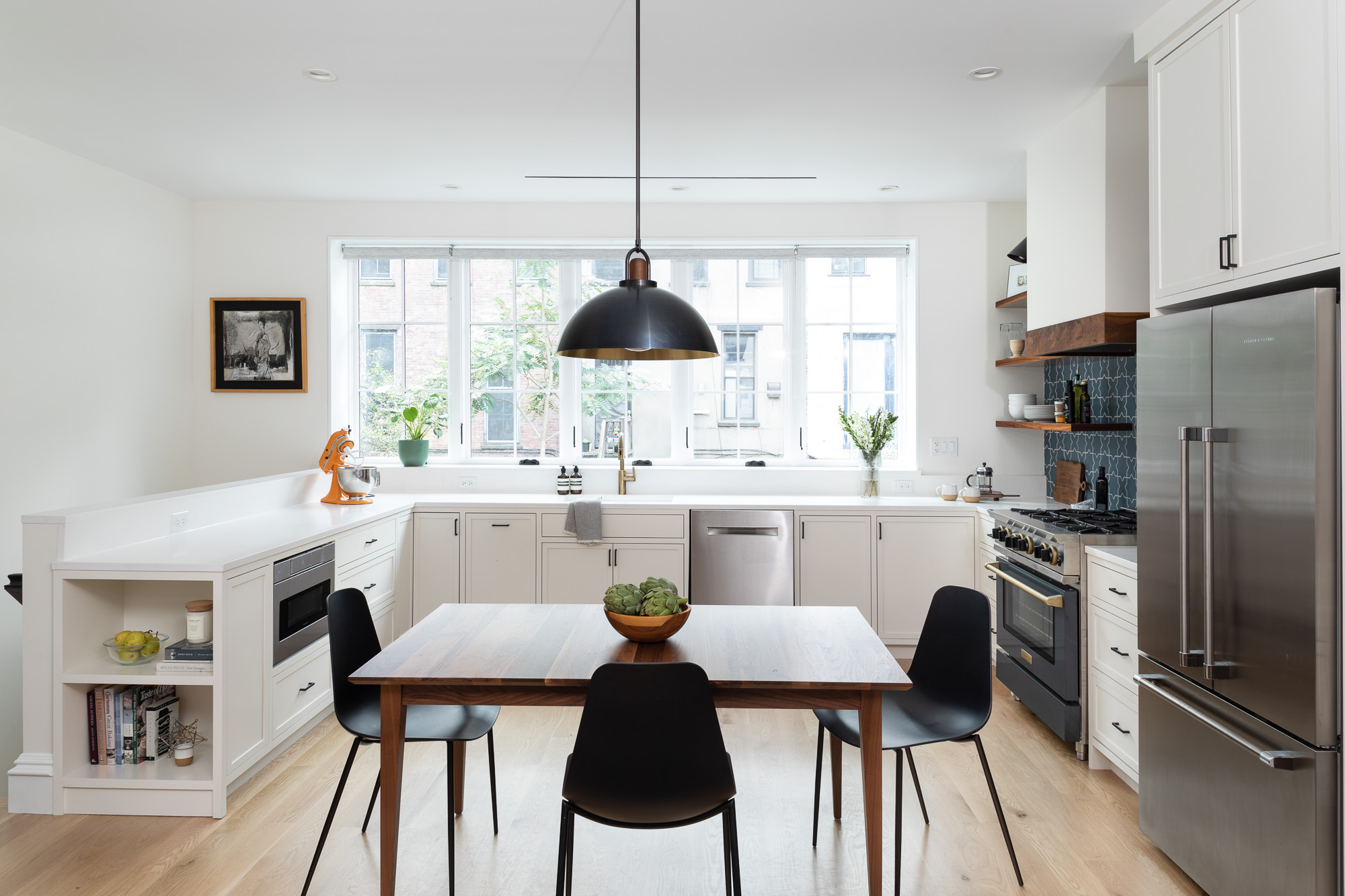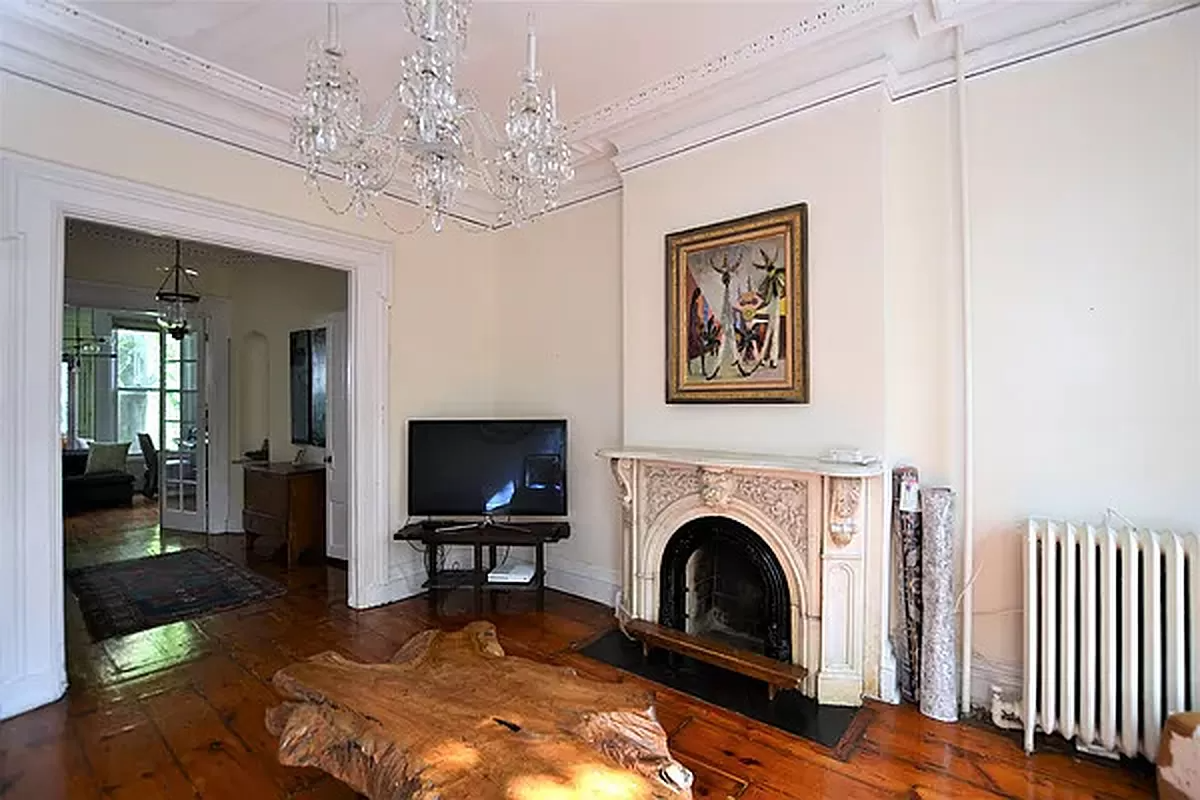Building of the Day: 185 Pacific Street
Brooklyn, one building at a time. Name: Originally Riley & Latimer Trucking, now the Parking Club Garage Address: 185 Pacific Street Cross Streets: Court and Clinton Streets Neighborhood: Cobble Hill Year Built: 1918-1920 Architectural Style: Basic brick factory-type building Architect: (Builder: William F. Henry) Landmarked: Yes, part of Cobble Hill Historic District (1969) The story:…

Brooklyn, one building at a time.
Name: Originally Riley & Latimer Trucking, now the Parking Club Garage
Address: 185 Pacific Street
Cross Streets: Court and Clinton Streets
Neighborhood: Cobble Hill
Year Built: 1918-1920
Architectural Style: Basic brick factory-type building
Architect: (Builder: William F. Henry)
Landmarked: Yes, part of Cobble Hill Historic District (1969)
The story: This garage actually made the newspapers. Not because of something sensational, like a murder, a disaster or a famous owner, but because of the bricks that make up the handsome façade, and the building itself. According to the Brooklyn Eagle, this 1920 building was unique because it was constructed in clinker brick.
Many people think clinker brick is named because of the burnt quality of the bricks or that they are mistakes or rejects from regular brick castings. That’s only partially true. The name is actually Dutch/Low German, and refers to the distinctive sound the bricks make when clapped together. They clink.
Generally speaking, throughout the 19th century, these bricks were rejected as burnt, as high heat to the bricks closest to the sides of the kiln turned the bricks darker reddish black or purple. When the Arts and Crafts Movement came along, at the turn of the 20th century, the very faults that made earlier builders reject clinkers represented the exact homemade, imperfect charm that the A&C architects loved.
Clinkers are actually denser than regular bricks and heavier. They are good building bricks because of that, and also because they reject water well. Their negative aspects are that they also conduct temperatures better than other brick, so extremes of hot and cold are more evident. But modern brick making has taken care of some of the more extreme properties of the original clinkers.
The famous A&C era architects Greene & Greene in Pasadena loved clinkers, and used them in conjunction with natural stone to great effect. As the 20th century progressed into the ‘teens and ‘20’s, clinker brick became an integral part of the design of medieval and Tudor inspired suburban homes and urban cottages and apartment buildings. Their haphazard rustic appearance was perfect for these fairytale kinds of architecture. And so we come to this stable, turned garage.
The trucking company of Riley & Latimer commissioned this building as a stable. They had a fleet of horses and wagons, and moved goods around the city for various other companies. Around the time the US entered World War I, in 1918, they had arranged to have this building constructed. But the war made iron and other materials hard to come by, as well as labor, so the project really didn’t begin to get going until 1920.
The stable was going to be noteworthy because of the use of clinker bricks, but also because of its size. Riley & Latimer planned to store their wagons on the roof of a three story building, all unique for a stable. Inherent to the design was a modern elevator lift, which explains the tower structure on one side. William F. Henry Stonemasons were quite adept with all kinds of brick, and were also working on alterations to four warehouses for the Greater New York Ice e Companies, and the brick and stonework on the twelve story Gair warehouse in Dumbo.
They did a great job here. The clinkers look great, and their uneven-ness and roughness give the building a handsome shell. You notice this building when you are walking along Pacific Street, the textures and colors really stand out. The brickwork is superb, especially in the small details around the entrances, and the wonderful brick cornice work on top. Those Rundbogenstil-style blind arches are always attractive.
Riley & Latimer operated from this building until around 1936. At that time, an ad in the Brooklyn Eagle offered the building up for sale or rent. It has been a parking garage for many years, and remains one today. Parking is at such a premium, it is a very successful and busy lot, and has been for years. “The Parking Club” is a great name.
(Photo:Nicholas Strini for Property Shark)










Thanks for this post. I lived on this block in the late 70s and early 80s. I remember when the Parking Club opened up. If memory serves me correctly, it aspired to be much more than a garage. You could buy your spot outright, and they promised your car would be parked on a carpet and frequently washed. It looks like a more conventional garage these days.